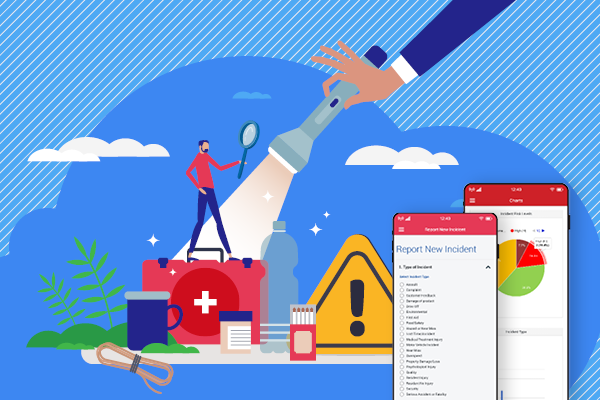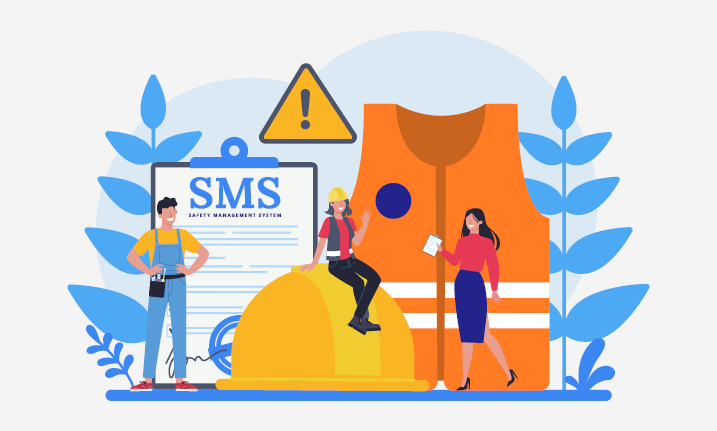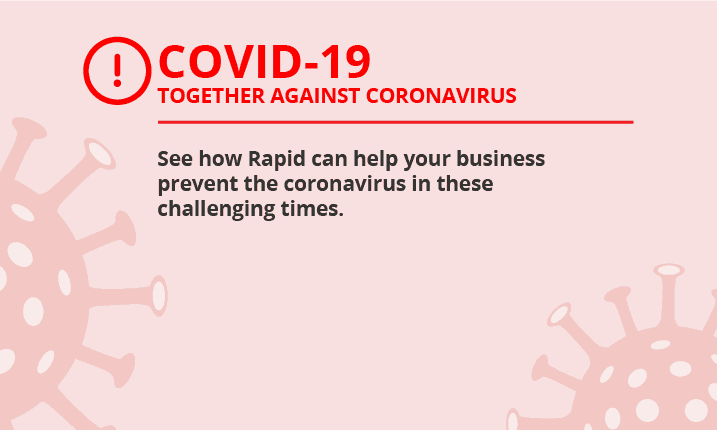

When it comes to reporting incidents, there is no margin for error. Following the correct incident reporting procedures can be critical to your company’s safety and success. However, it is not always a simple process, with many people believing two of the most prominent myths about incident reporting.
Myth 1: Only the large incidents are worth reporting
This myth is one of the biggest beliefs commonly held by workers in all kinds of occupations. People often believe that getting a small bruise or cut is not worth taking the time to report. However, things like infection can be caused from only a minor injury, or sometimes the effects of the injury don’t fully impact the person until later (e.g. in manual handling cases where there is a back strain).
Further, sometimes what starts out as only a small incident can turn into something much bigger and more dangerous. For example, a small leak that drips onto an electrical cable can quickly turn into a workplace fatality if not properly identified and fixed in a timely manner.
Myth 2: Hazards or near misses don’t need to be reported
This myth is certainly false. Hazards and near misses are important to report and assess when striving for a ‘Zero Harm’ safety culture as they can lead to major or even catastrophic incidents if left unreported.
Imagine this scenario: John, a worker on a construction site, is walking along quickly as he is late to his work area. He walks around a corner, then looks down and has to quickly change his direction as there is a large, uncovered hole in the path. Some workers nearby appear to have forgotten to erect signs, place cones and/or bunting to cordon the area off. But John doesn’t fall into it and is rushing so he doesn’t bother to alert the workers, report the hazard/near miss to a manager or take any other preventative actions to mitigate the injury of others.
This type of negligence could cause serious consequences for others on site. If someone else came around the corner after John without looking down, they could get seriously injured. This could impact the company in multiple ways, including lost time Workcover claims and even potential lawsuits. Not only that but if an auditor or safety inspector came to site and discovered the hazard, it would not reflect well on the company.
Busting These Myths in Your Workplace
Step 1: Make sure your workers are properly inducted to the site/s and understand the importance of incident reporting
The most effective way of implementing a ‘Zero Harm’ safety culture is to encourage incident reporting as a preventative measure through a suitable induction process. As your workers are exposed to your company’s expectations, they in turn will encourage people to comply with your standards. Using Rapid Induct, you can create your own branded induction which details your incident reporting strategy. The trick is to make sure this is an effective strategy – which brings us to Step 2!
Step 2: Have an effective incident reporting system in place
When it comes to reporting even small incidents, one of the major hesitancies people have is the time and effort it takes to fill out paperwork. It’s all about the cost-benefit perspective: if people don’t think the problem or injury outweighs the inconvenience of having to fill out the paperwork, then they won’t do it.
This is why having a simple, yet effective incident reporting system is so important. Using Rapid Incident Reporting, personnel who encounter a problem at your company can report the preliminary details of a new incident right away. Pictures can be taken and uploaded to the task as well, giving you extra evidence if required. You can then assign the incident to the correct person/s so that appropriate follow-up can occur. Those who are administrators of Rapid Incident Reporting at can also use the Rapid Global Admin Tools App to report any workplace incidents right on the spot via their phones.
Another useful tool to avoid incidents in the workplace is Rapid Risk. This risk management software system gives you access to a comprehensive risk landscape. How would it help your company if you could report, store and follow up on all of your company’s risks in one place?
With measures like these in place, you can be rest assured that your workers are going to treat incidents, near misses and hazards with the action they deserve, thus protecting you, your workers and your company.







